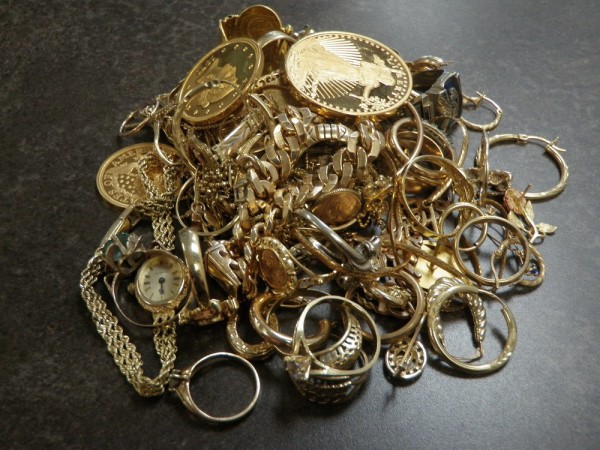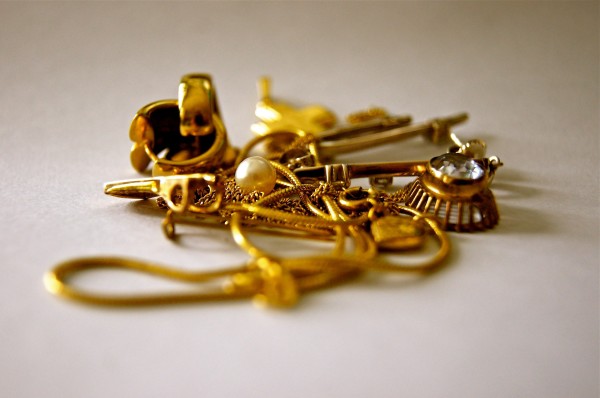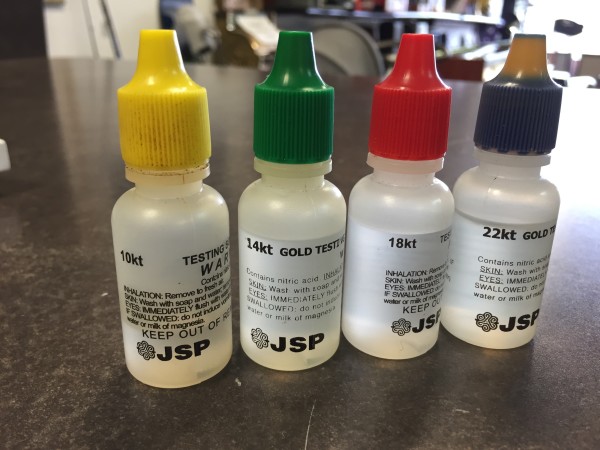Many large and impressive investment portfolios include commodities such as gold. And as with any investment, knowing when to buy and sell is a matter of understanding the ebb and flow of the current market. The good news is, if you are looking to sell your gold jewelry pieces or scrap gold that you own, […]

November 28, 2016

July 25, 2016
How to Tell if your Gold is Real
In need of quick cash? One of the most common items pawned for quick cash is gold. It can be difficult to distinguish real solid gold pieces from gold plated or fashion jewelry by sight alone, though. So what is the best way to determine if your gold is real and can be pawned for […]

May 23, 2016
The Differences Between 10, 14, 18, 22 and 24 Karat Gold
It can be quite confusing to purchase items made of gold without fully understanding the differences between karats. Even when speaking to a jeweler or pawnbroker, it’s not always easy to determine what number of karats would be best for your purchase. In fact, if you talk to ten different people, you may well get […]

Recent Comments